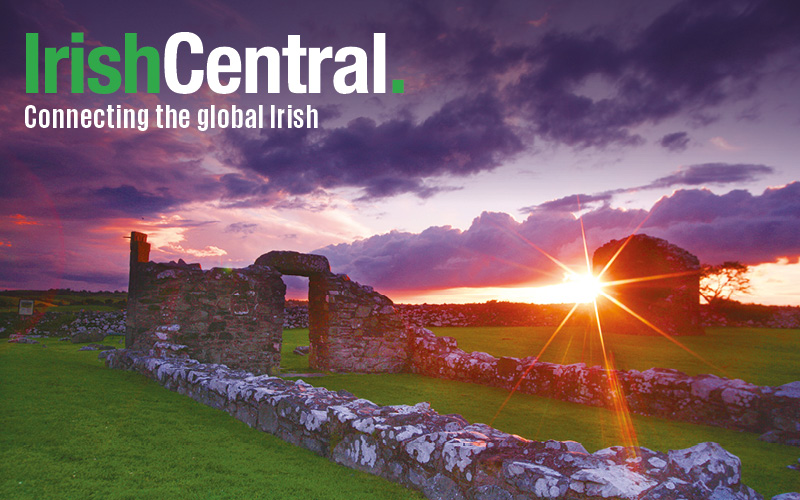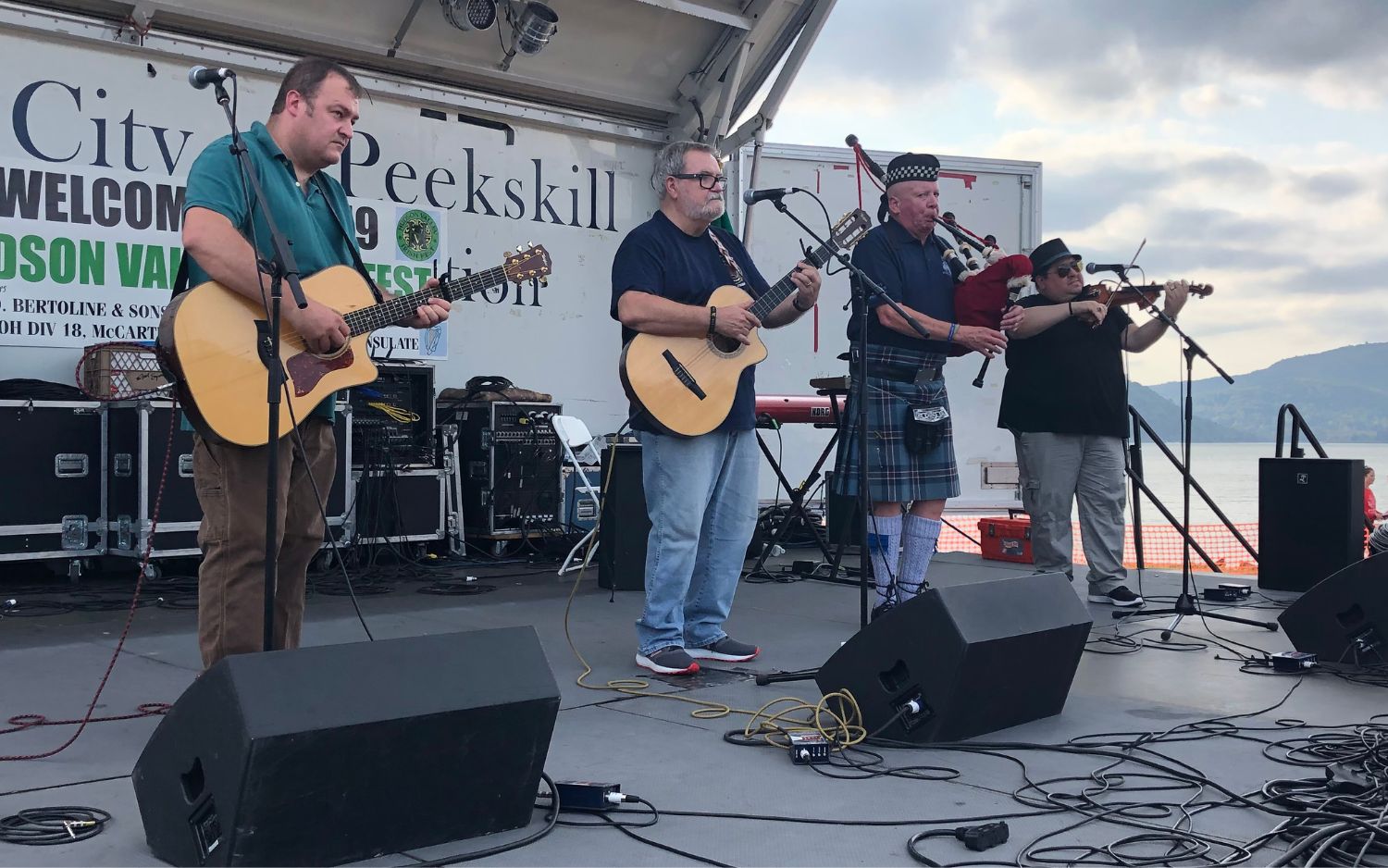When asked to consider US cities with a large Irish community or presence, most people would automatically think of New York, Boston, Chicago and perhaps Philadelphia.
New Orleans certainly wouldn’t be the first city to spring to mind, as it is so closely associated with French colonialism. It might surprise many, therefore, to discover that New Orleans had a higher per capita Irish population in the years after the Famine than did Boston or Philadelphia.
I am traveling to the great port city of New Orleans this week, via Atlanta, for the sixth International Famine Commemoration. As the Irish Minister for Arts, Heritage and the Gaeltacht, I chair the National Famine Commemoration Committee, which aims to not only remember the victims of the Great Famine, but also to celebrate the lives of those Irish emigrants who made their mark in New Orleans and beyond, and whose ancestors continue to play a vital role in the thriving, bustling city today.
Unfortunately, the terrible statistics of the Great Irish Famine speak for themselves; more than 1 million people died from hunger and hunger related diseases and more than 1 million were forced to emigrate. Many of these poor immigrants arrived, via Liverpool, in New Orleans and by the mid-1800s, the Irish had developed a strong presence in the southern United States.
They were a determined and brave cohort, who worked hard to establish a real presence in the city – economically, socially, artistically and politically. They formed tight-knit communities which helped and supported each other and encouraged other family members at home in Ireland to join them. They became a force to be reckoned with in New Orleans and across the American South. I look forward to meeting the ancestors of those immigrants this week, and to witnessing the impact they had on the city.
Much like the famine survivors who came to set up home in the city, New Orleans is no stranger to adversity. It is a testament to the strength and determination of the people of New Orleans that the city is now doing better than it was before Hurricane Katrina wrought such devastation in 2005. I look forward to visiting St. Mary’s Dominican High School, which was set up by a group of Irish nuns in the 1860s, and which received funding from the Irish Government in the wake of Katrina to restore its library which was so badly damaged during the storm.
Over the coming week, I will have the opportunity to see a number of projects – of large and small scale – which represent the best of New Orleans’ fighting spirit. I will visit the New Basin Canal, which claimed the lives of many Irish immigrants during its years of construction. I’ll also drop by Café Reconcile, which I am told is making such a positive difference to the lives of at-risk young people, and I’ll visit Kingsley House, which became the first settlement house in the South at the dawning of the 20th century.
I look forward to reaching out to the Irish community in New Orleans and exploring the city’s Irish culture. I view the Famine Commemoration as a way to not just remember the victims and the emigrants, but also to reconnect with Irish communities across the globe. A crucial element of the Commemoration program is a focus on the hunger issues facing the world today. The Irish government is committed to tackling global hunger, a determination I believe is rooted in our own famine legacy.
I also see this trip as a hugely important opportunity to further strengthen business links between Ireland and the United States. In both Atlanta and New Orleans I will meet with Irish American business leaders and speak to them about the key role US companies are playing in the Irish recovery story.
Three and a half years ago, the Irish economy was on the brink. We were locked out of international markets, unemployment was spiraling and our public finances were in complete disarray. Thanks to the sacrifices of the Irish people and the plan implemented by the Irish Government, a recovery is now well underway. The Irish economy is expected to grow by 4.7% this year, we have already seen the creation of an additional 70,000 new jobs, and the unemployment rate has dropped to its lowest level in 5 years.
By choosing to bring investment to Ireland and base their European headquarters in Dublin, numerous US companies are helping to contribute to this recovery. This is an opportune time, therefore, to deepen the strong economic and cultural ties that exist between Ireland and the US. I come from a business background and I have an appreciation for hard work and determination. I look forward to meeting key Irish American business leaders and stakeholders across the cultural sector in Atlanta and New Orleans to build on cultural and business links that give our two countries so much in common.




Comments